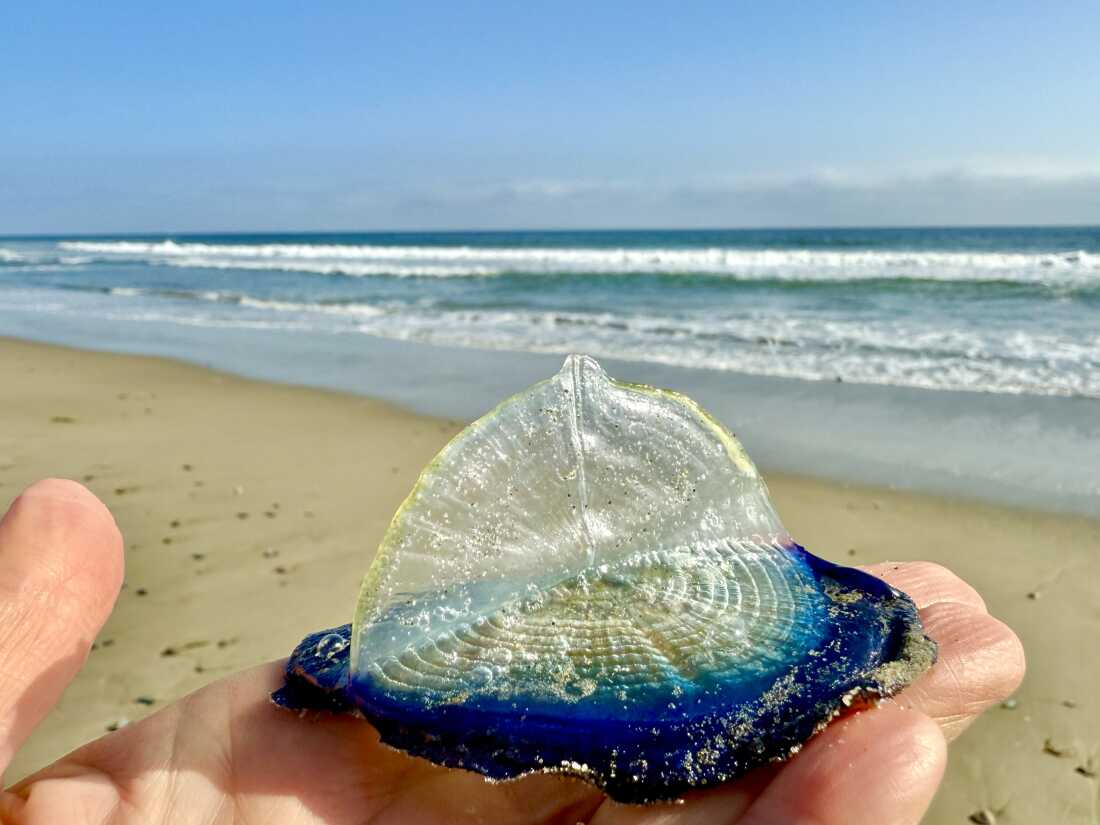Executive Summary
- The Kosmos 482 Descent Craft, a failed Soviet spacecraft launched in 1972, is predicted to reenter Earth's atmosphere around May 10, 2024.
- The probe's lander was designed to survive the harsh atmosphere of Venus, increasing the likelihood of it surviving reentry and potentially impacting the ground intact.
- The potential landing zone covers a vast area between 52 degrees north and 52 degrees south latitude, encompassing much of the populated world, although the probability of hitting a populated area is low.
Event Overview
Kosmos 482, a Soviet spacecraft launched in 1972 as part of the Venera program to explore Venus, is set to reenter Earth's atmosphere. Due to a rocket malfunction, the probe never reached its intended destination and has been orbiting Earth for over five decades. Experts predict reentry around May 10th, with the main concern being the lander's robust design potentially allowing it to survive reentry and impact the ground. While the possible landing zone is extensive, covering a large portion of the globe, the statistical likelihood of the probe hitting a populated area remains minimal.
Media Coverage Comparison
| Source | Key Angle / Focus | Unique Details Mentioned | Tone |
|---|---|---|---|
| NPR | Reentry predictions and potential impact risks. | Quotes Jonathan McDowell estimating a one in thousands chance of injury. Mentions the probe separating into multiple pieces, some landing in New Zealand after launch. Estimates potential impact speed if it survives reentry could be 150mph. | Informative and slightly cautionary |
| Live Science | Potential crash location and the low risk to populated areas. | Provides a map showing the predicted range of potential landing sites between 52 degrees north and south latitude. Details that the spacecraft weighs 1,091 pounds (495 kilograms). Mentions the ESA's report on increasing orbital collisions and uncontrolled reentries. | Reassuring, emphasizing the low probability of impact on populated areas |
| CNN | The history of the Venera program and the unlikelihood of the parachute deploying. | Highlights the risks associated with touching the debris if it lands on dry land, due to potentially dangerous fuels. Mentions the 1967 Outer Space Treaty. Provides odds of causing deadly damage as roughly 1 in 25,000. | Informative with a focus on safety and international agreements |
Key Details & Data Points
- What: Reentry of the Kosmos 482 Descent Craft, a failed Soviet spacecraft.
- Who: Soviet Space Research Institute (IKI), Jonathan McDowell (Harvard-Smithsonian Center for Astrophysics), Marco Langbroek (Delft Technical University), Marlon Sorge and Parker Wishik (The Aerospace Corporation)
- When: Expected reentry between May 8 and May 12, 2024, with most projections estimating around May 10.
- Where: Potential landing zone between 52 degrees north and 52 degrees south latitude, encompassing a large portion of the Earth's surface.
Key Statistics:
- Key statistic 1: 1,091 pounds (495 kilograms) (estimated weight of the lander)
- Key statistic 2: 150 miles per hour (242 km/h) (estimated impact speed)
- Key statistic 3: 1 in 25,000 (calculated odds of causing deadly damage)
Analysis & Context
The reentry of Kosmos 482 is a reminder of the legacy of early space exploration and the challenges of managing space debris. While the risk to individuals is low, the event highlights the increasing frequency of uncontrolled reentries and the importance of international efforts to mitigate space debris. The potential survival of the lander, designed to withstand Venus's atmosphere, is a unique aspect of this event, increasing the potential for ground impact. The broad potential landing zone makes precise predictions difficult, but experts agree that the statistical likelihood of hitting a populated area is minimal.
Notable Quotes
"There's a not-trivial chance that it could hit somewhere where it damages property, and there's a small chance — but it's like one in thousands — that it could hurt someone,"
"You have a larger risk of being hit by lightning once in your lifetime."
"Contact the authorities. Please don’t mess with it."
Conclusion
The reentry of Kosmos 482 poses a minimal but non-negligible risk, primarily due to the spacecraft's design to withstand Venus's atmospheric conditions, increasing the likelihood of its descent module surviving reentry and impacting the ground largely intact. While the exact reentry location remains uncertain, it is predicted to occur between 52 degrees North and 52 degrees South latitude, encompassing a large portion of the Earth's populated areas. Experts estimate the impact speed could reach 240 kilometers per hour, with the object potentially appearing as a bright, slow-moving fragmenting meteor during reentry. Although the probability of hitting a populated area is statistically low due to Earth's vast ocean surface, the potential for property damage or injury exists. Russia, as the legal successor to the Soviet Union, bears responsibility for the debris under international space law, reigniting discussions on space debris mitigation and the need for stronger international regulations to address liability and risk management. Continuous monitoring of Kosmos 482's trajectory is crucial to refine risk assessments as the reentry window of May 8 to May 11 approaches.
Disclaimer: This article was generated by an AI system that synthesizes information from multiple news sources. While efforts are made to ensure accuracy and objectivity, reporting nuances, potential biases, or errors from original sources may be reflected. The information presented here is for informational purposes and should be verified with primary sources, especially for critical decisions.









